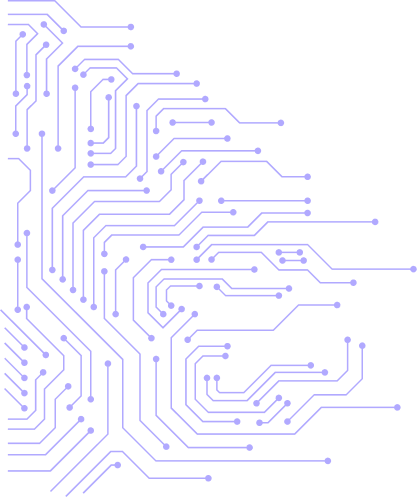Robotic Exoskeletons and Biomechatronics: Enhancing Human Performance
Robotic exoskeletons integrate biomechanics, embedded sensors, and AI control systems to assist human movement in rehabilitation, industrial work, and military applications.
Key components of exoskeletons:
Electromyography (EMG) Sensors: Detect neural signals for intent-based movement.
Hydraulic and Pneumatic Actuators: Enable force-assisted motion.
Soft Robotics Materials: Increase flexibility and comfort.
Control algorithms such as Proportional Myoelectric Control and Adaptive Impedance Control help synchronize exoskeleton motion with human intent. Research institutions like MIT Biomechatronics Lab and Ekso Bionics are pioneering neural-controlled exoskeletons, aiming for full brain-machine interface integration in future designs.


